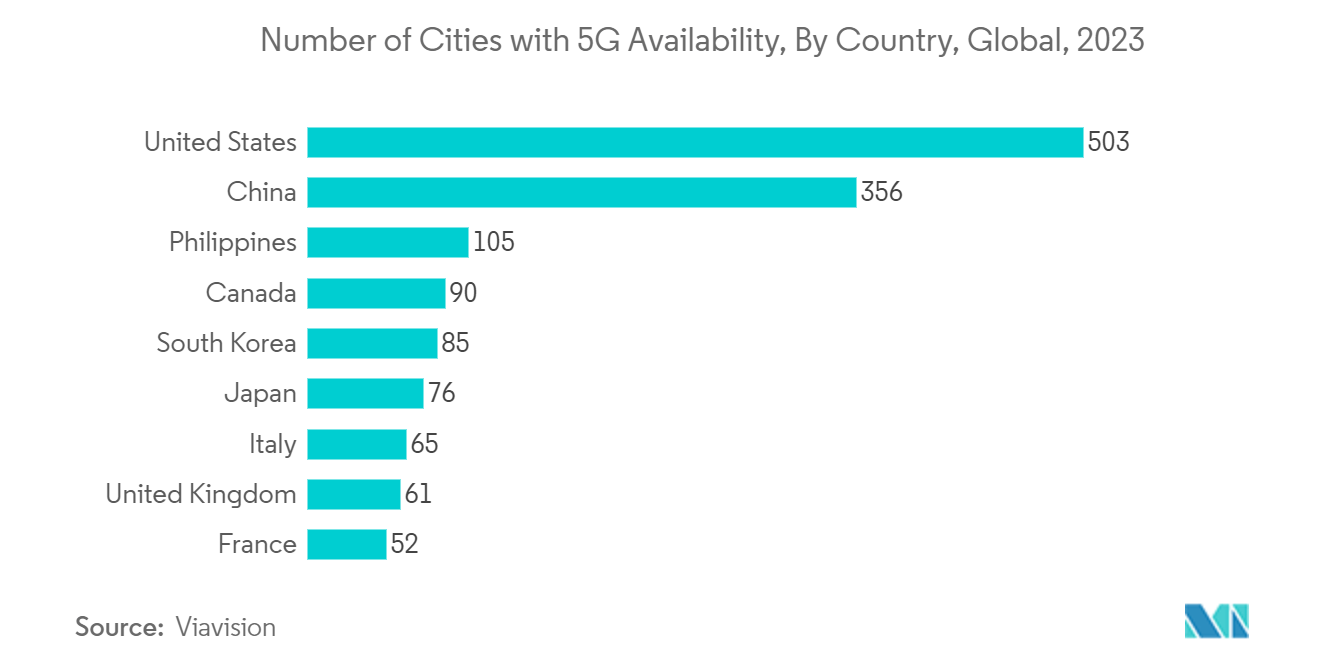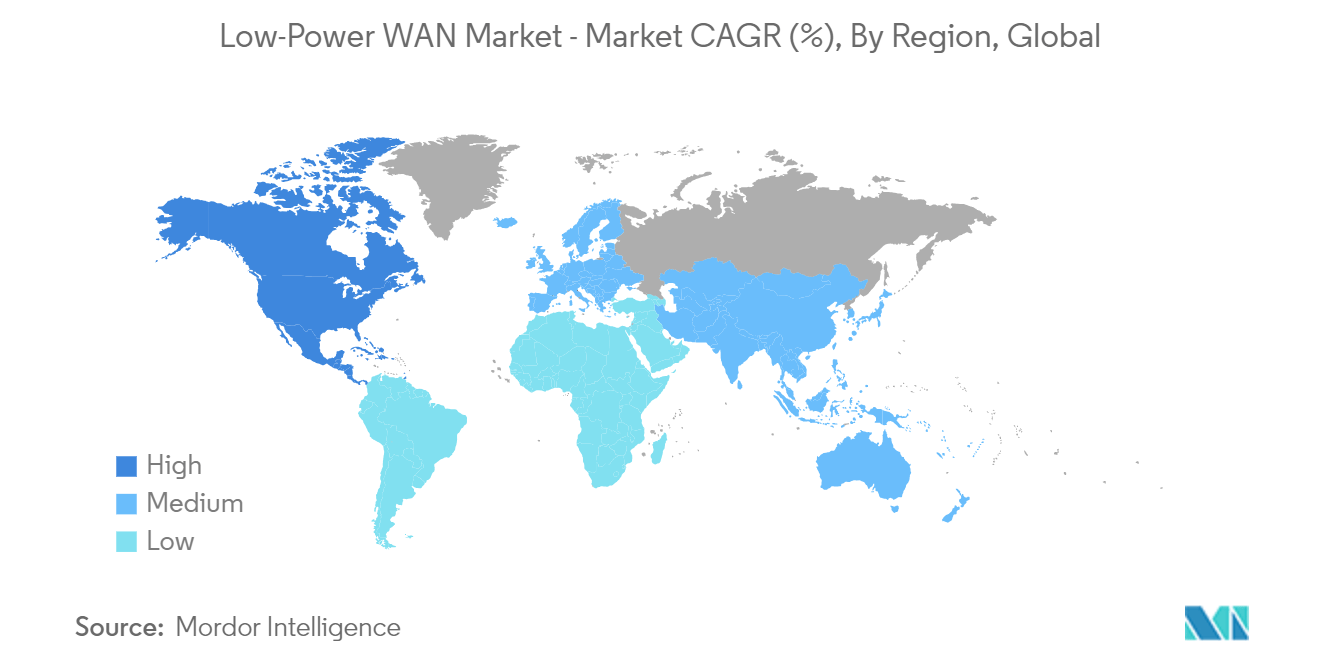Market Trends of Low-Power WAN Industry
Smart Cities Hold a Significant Share of the Market
- As urbanization accelerates, smart cities are emerging globally. The United Nations predicts that by 2050, India will see an increase of 404 million urban residents, while China and Nigeria will each experience an influx of 292 million and 212 million urban residents, respectively. Latin America, an emerging continent, is witnessing the fastest urbanization rates worldwide. The OECD forecasts that global investments in smart city initiatives will approach USD 1.8 trillion from 2010 to 2030, encompassing all metropolitan infrastructure projects. This surge in smart city developments is set to boost demand in the market.
- In response to urban challenges, the Government of India launched the National Smart Cities Mission (SCM) to uplift urban living standards and stimulate growth. A two-stage competition selected 100 cities for this initiative. These cities will leverage advanced technologies to enhance infrastructure, including artificial intelligence, machine learning, and real-time governmental monitoring. As populations swell and urbanization intensifies, cities turn to modern technologies and networks to address resource shortages. Through "smart city solutions," urban governments are increasingly adopting the Internet of Things (IoT).
- This region is spearheading the IoT revolution, leading the way in the development of smart city platforms. The technology powering IoT smart cities endows urban areas with the intelligence to optimize resources. This spans various domains, from air and water quality to transportation and energy systems. Smart America reports that US city governments plan to invest about USD 41 trillion over the next 20 years to modernize infrastructure and fully leverage IoT capabilities.
- The United States is witnessing a surge in smart city initiatives strengthened by a robust economy, advanced infrastructure, and a market that champions innovation. With numerous smart cities and a diverse range of players, from industry giants to startups, the United States is a bustling hub for smart city activities.
- As of March 2024, Nomad List highlighted London as the top destination for digital nomads, representing about 2.3% of global trips. Additionally, viavision noted that in April 2023, the United States led globally with 5G access in 503 cities, outpacing China's 356 cities. Rising internet penetration is pivotal for establishing intelligent city platforms, forming the backbone for IoT connections in smart cities.

North America Holds Largest Market Share
- North America, at the forefront of the smart city movement and the Industrial Internet of Things, is witnessing a surge in LPWAN (low power wide area network) adoption. The region's strides toward smart city expansion are set to amplify LPWAN's prominence.
- LPWAN's growing applications, spanning smart meters, home energy management, building automation, and security lighting, are pivotal in driving demand. Operating on unlicensed spectrum bands, such as the sub-1 GHz or sub-3 GHz range, LPWANs ensure data transmission is accessible yet secure. This capability addresses rising concerns over IoT device security and the imperative for encrypted communication.
- Regional governments are actively funding the transition from traditional to smart meters to modernize. A notable example is West Memphis, which secured a USD 2.85 million grant in 2023 to upgrade over 9,000 analog water meters to advanced smart versions in homes and businesses.
- Investing in smart agriculture, the region is harnessing digital technologies and automation, bolstering the low-power WAN market. Highlighting this commitment, USAID (United States Agency for International Development) pledged a USD 100 million investment in December 2023, targeting climate-smart agriculture innovations as part of the US government's Feed the Future initiative.
- Key industry players are forging strategic partnerships to support 5G connectivity. A prime example is the August 2023 collaboration between Nokia and Eastlink to enhance Canada's 5G network. Leveraging Nokia's energy-efficient AirScale portfolio, including 5G RAN, Eastlink anticipates faster speeds, better performance, and heightened network capacity, complemented by new constructions and site upgrades.


